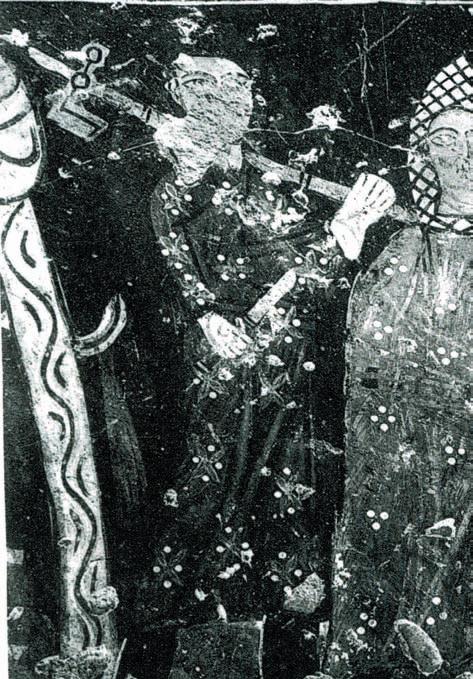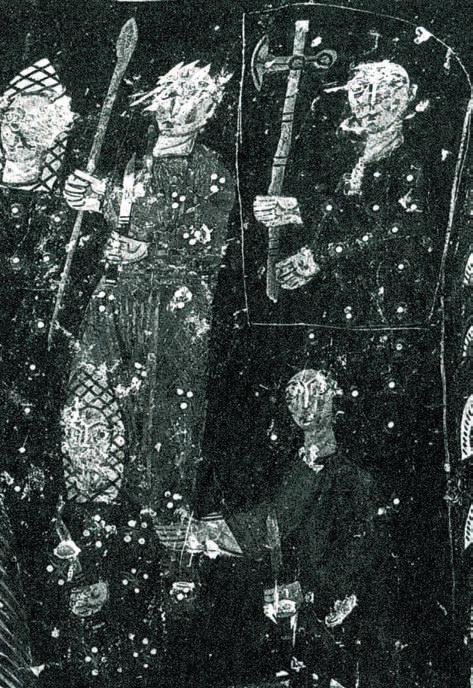
Try Amazon Audible Plus
The Betrayal, Balleq Kilise, Cappadocia, Byzantine, 11th Century.
 Fig. 5. The Betrayal, Balleq Kilise, Cappadocia, detail, second half of the 11th c., ex Jerphanion |
 Fig. 4. The Betrayal, Balleq Kilise, Cappadocia, detail, second half of the 11th c., ex Jerphanion |